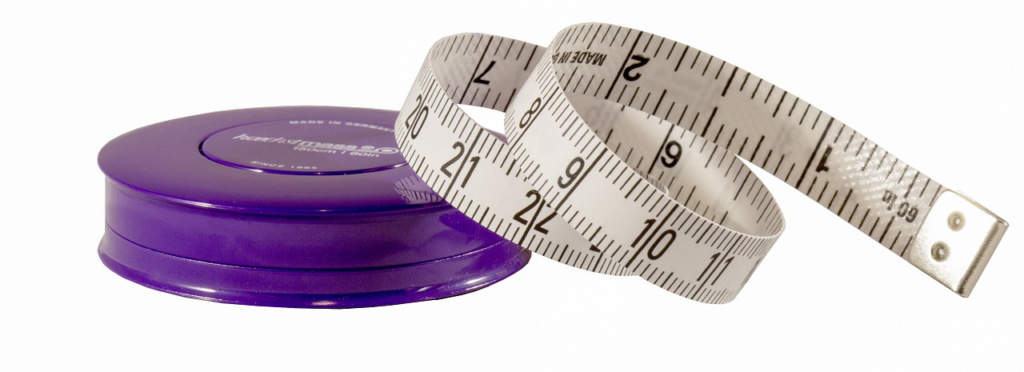
Hernia most commonly develops in the abdominal region when an organ or fatty tissue protrudes through a weak spot in the muscle. Apart from the abdomen, a hernia can also appear in the groin area or the thigh and can cause severe discomfort and pain.
The most common cause for the development of hernia is muscle weakness, caused by age, or damage to the tissue as a result of an injury or performed surgery. When the weakened muscle is exposed to heavy strainings, such as when lifting heavy objects or due to gaining weight suddenly, some tissue behind the muscle can push through a weak spot and form an uncomfortable or painful bulge in the affected area.
If you know you are at risk of developing a hernia, or have had a hernia in the past, wearing a hernia belt is recommended, in order to prevent the occurrence or reoccurrence of the painful anomaly.
With the wide variety of hernia belts available, choosing the one to buy can seem a bit overwhelming. Below are all the things you need to know about hernia belts before making your purchase.
Inguinal Hernia Belts
Inguinal, or inner groin hernia, is a common type of hernia that manifests itself as a painful bulge, often accompanied by a burning sensation in the groin and scrotum area. An inguinal hernia belt applies pressure to the area, relieving pain and speeding up the recovery process.
Also, the applied pressure can provide additional support to the muscle, preventing tissue from protruding through a weak spot during an injury or surgery recovery.
Since surgery is the only treatment option for inguinal hernia, these belts can be worn both prior to and after undergoing a surgical procedure. Of course, consulting with your physician on your best course of action is highly recommended.
Umbilical Hernia Belts
Umbilical Hernia is the term used to describe a hernia located near the belly button. It is most often occurs when fat and fluid protrudes through a weak spot in the abdominal muscles. The most common conditions causing umbilical hernia are those which increase the pressure in the stomach, such as pregnancy, ascites or being overweight.
Umbilical hernia belts apply pressure in the abdominal region to prevent tissue protrusion and provide support for the weak points of muscle tissue. This compression of the weakened area also helps the recovery process and alleviates the pain.
Who Should Wear A Hernia Belt?

A hernia diagnosis can often come at inconvenient times. If you have an important business trip or some other obligation which you can’t put off, a hernia belt can help you with the pain or discomfort the hernia might be causing you and let you work through the period before your surgery.
Further, patients recovering from a hernia-related surgical procedure are most often advised to wear a hernia belt in the recovery period in order to protect the vulnerable area and aid the recovery process. Even after recovery, many people wear their hernia belts during activities that strain their muscles in order to prevent the hernia from recurring.
If your physician recommends that you wear a hernia belt or truss, you should definitely do so, and follow their instructions and advice carefully.
Are Hernia Belts Safe To Use?
Many people who have had hernia have used different hernia belts to ease the pain and discomfort it causes. While surgery is most often the best, if not the only, option to treat a hernia. Besides, using hernia mesh products can also lead to severe complications, which is why there are lawsuits surrounding hernia mesh products.
However, hernia belts are not designed to, nor can they be used as a replacement for surgery. If you have a hernia, your best course of action is to consult your physician who will evaluate your medical condition and advise you on the options which are available in your case.
If used in accordance with the doctor’s recommendations, hernia belts and trusses are perfectly safe and effective in what they are designed to do.
Where Can I Buy A Hernia Belt?
There are many online shops that sell different hernia belts. After consulting your doctor and determining what your needs are, you can browse the internet and read customer reviews for different products.
After some research, you are bound to find a hernia belt that will fit both your needs and your budget.
What Size Do I Need?

Hernia belt size categories may vary depending on the manufacturer. In order to determine the right size for you, you will need to measure your waist or hips circumference and compare it to the sizes in the manufacturer’s product specifications.
In case you are between two size categories, most manufacturers suggest opting for the larger size, since you don’t want the hernia belt to be too tight.
What If I Suspect I Have A Hernia?
If you suspect you are at risk of developing a hernia, or you think you have already developed it, it is imperative that you go to your doctor as soon as possible, as, if left unchecked, a hernia can progress and develop into a grave medical condition. Once you have undergone an examination, your doctor will be able to advise you on the best course of action.
Although Hernia belts can be of great help for your condition, using them without consulting your physician and treating the hernia can worsen your health and lead to dangerous complications.
Conclusion
There you have it, these are the most important things to keep in mind when shopping for a hernia belt.
Hopefully, some of the guidelines given in this article will help you find the right hernia belt for you, whether you need to reduce pain and discomfort while you are waiting for your surgery, or want to provide your muscles with some extra support during straining activities and prevent a hernia from recurring.




